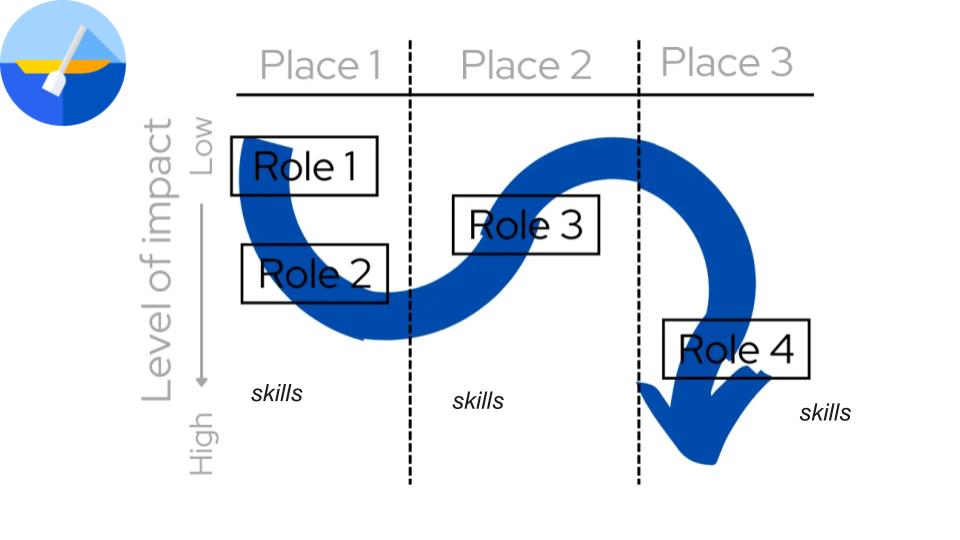Understanding the season you're in ❄️🌷☀️🍂

Today we’re going to examine how our careers experience different seasons, and how that changes our approach from the constant productivity demanded by the career ladder.
First, a pop quiz: can you guess which famous person wrote the following?
“I am very poorly today and very stupid and hate everybody and everything.”
(Find the answer in this NPR article.)
Surely this person must have written this while they were struggling to accomplish the achievement that’s in the history books? Well, no. It was two years after that.
We all have off days, even after we’ve enjoyed world-changing success. And yet our professional culture of toxic productivity requires continual progress and maximum output. Somehow we’ve left behind more natural cycles of rest and restoration to act like assembly lines cranked to full speed at all times.
To see these expectations in action, notice what people apologize for in their work. Sure, say sorry if you missed an email. But why do we apologize for being out sick? For taking care of our children or elderly relatives? I had someone on a call apologize for preventing her toddler from grabbing a lit candle. I don’t care if we were on the verge of solving world hunger (for the record, we were not), nothing was more important in that moment than keeping those chubby little hands safe. No apology necessary.
The career ladder feeds into this system, requiring regular advancement, no matter the circumstances. But that’s not how the world works, and that’s not how we need to work either. Instead, let’s examine the different seasons we experience along our career journey.
Chart your career seasons
In this exercise, we’ll look at how various phases of your career connect with different seasons of rest, preparation, growth and results. First you’ll need a list of roles you have held (or future possibilities). You can return to the map your river exercise, or simply pull out your resume. Pay particular attention to roles you held before or after major shifts in your career.

You can also zoom in to review the last year or so to get a sense of what season you are presently experiencing in your current role.
Once you have your list of roles ready, review the descriptions below. Pick the season or seasons that were most prevalent for each role. Every job shifts over time. If you find you’re stuck trying to pick just one season to represent a particular job title or time in your career, note which seasons showed up the most and whether they shifted back and forth.
The goal is to see how your career has cycled through different periods. Take a look at the descriptions below and add them to your map however makes sense to you.
Want full access to the Career River framework? Become a Navigator and receive this and other resources: